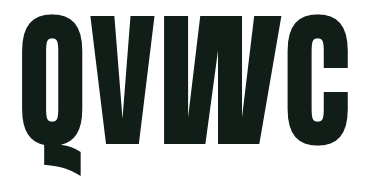January 26
January 26 is a day I anticipate in equal parts rage and thrill. The pre-emptive rage is for the immeasurable ill-informed hot takes that will be shared; regardless of platform, the perspective will be the same. Why can’t we all just get along? We are stronger together! This is a time for unity. But the thrill is reserved for the thousands upon thousands of attendees at the marches across the country. Not the ‘official’ Australia Day marches, mind you. The other marches. The Invasion Day marches. The speeches, the sit ins, the resistance shared amongst thousands of attendees.
But it’s also a day of hard work. In talking about Invasion Day, one of the truths that we don’t always reckon with is the amount of labour, sweat, blood and tears that goes into it. Whether it be organising a march, volunteering time to consult, or simply educating friends and acquaintances on the significance of the day, Aboriginal and Torres Strait Islander Peoples in Australia have been carrying the load of raising the collective consciousness for decades.
Our deaths in custody, the discrimination we face in health and housing, and our loss of Country are just some of the many different fronts on which work is still being undertaken outside of January 26. But this debate – one that happens with such regularity we can literally mark it on our calendars – means that the other 364 days of the year in which the effects of colonialism are felt can be missed by others.
The work doesn’t begin and end for Aboriginal and Torres Strait Islander Peoples on January 26, and it shouldn’t for others, either. It’s not always enough to attend a march, or share a post. There are a myriad of opportunities to carry forward the message of survival and resistance that is central to Invasion Day in order to bring about broader changes and reforms (and no, these opportunities do not include changing a word in our national anthem). To quote Nat Cromb from IndigenousX, “We would like to move forward as a country as much as non-Indigenous Australians do. This cannot, however, be achieved until First Nations people are properly listened to.”
That action – listening – is one that people can find hard. It’s all well and good to listen to Aboriginal and Torres Strait Islander Peoples on January 26, when there’s a megaphone in our hands. But what are you doing for the rest of the year – what are you celebrating, what are you seeking to change, and what are you learning? What writers are you reading, what artists are you supporting, and what organisations could do with some of your dollars?
Part of our wider tendency towards cancel culture is the action of calling someone out: whether it be your mate saying something kind of racist down at the pub, or your aunt complaining about handouts, we’re taught to speak up and out. But in looking to support Aboriginal and Torres Strait Islander Peoples, there’s just as much value in understanding where your voice is needed, and where you need to shut up and learn.
In looking to carry forward the message of survival and resistance, there needs to be some more work done on how and where we listen – not just on January 26, but across the year. It’s not enough to have an annual guilt trip on Invasion Day, and then shrug it off for the rest of the year. The work doesn’t stop just because the summer ends, and we pack up the BBQs and head home. So, if you’re attending an Invasion Day march this year, have a think about what you can do beyond lending your presence at the rally. What can you do on the other 364 days of the year to listen, to learn, to support, and to sustain?
Dr Jessamy Gleeson is an Indigenous woman of mixed-race. She grew up outside of Albury-Wodonga, and currently works as a senior lecturer at Deakin University.

